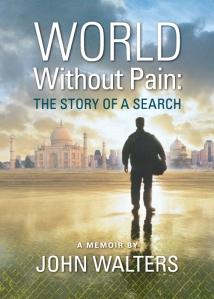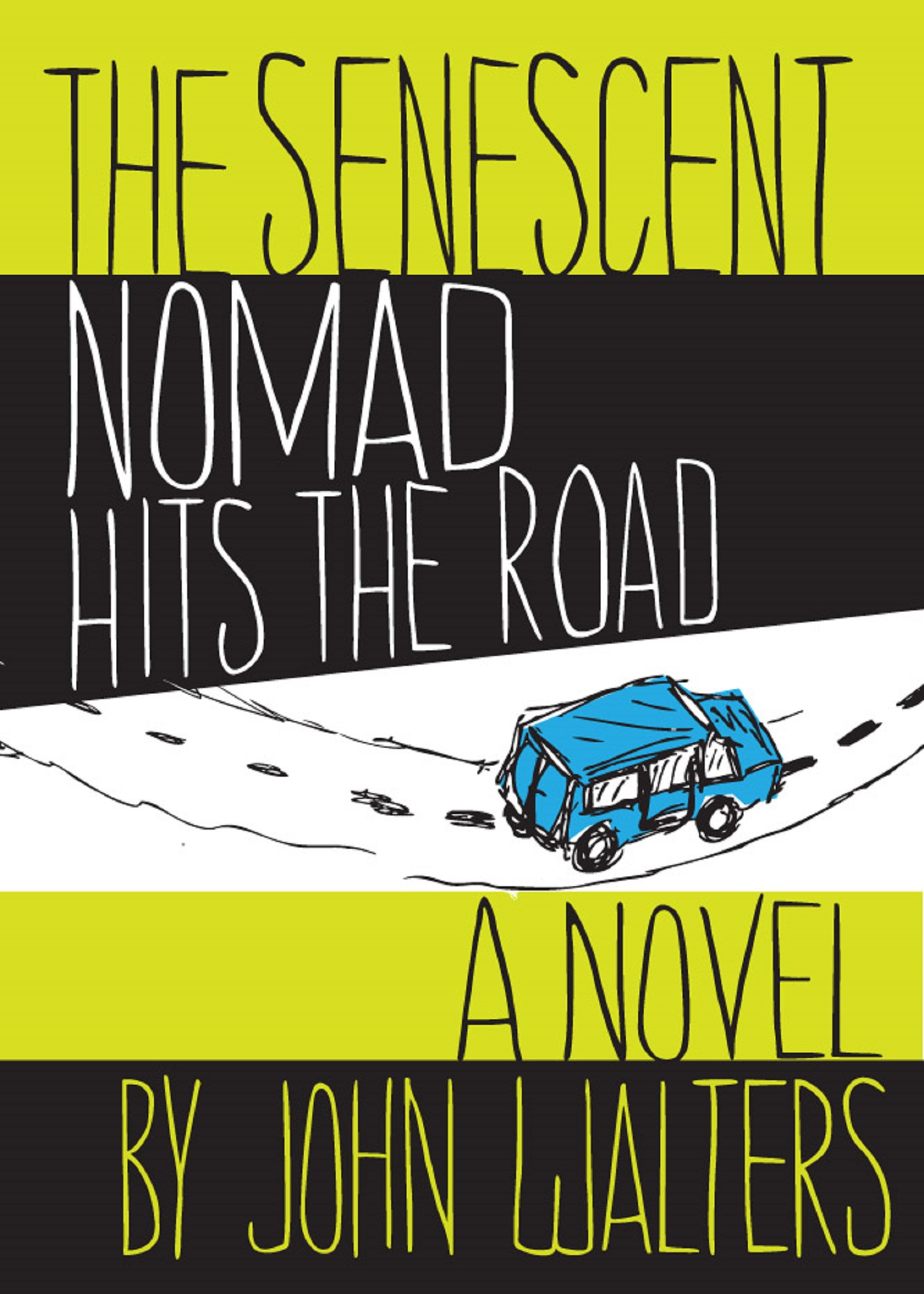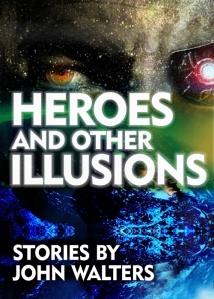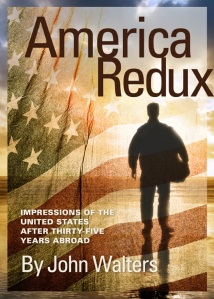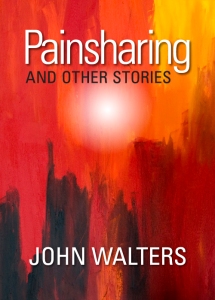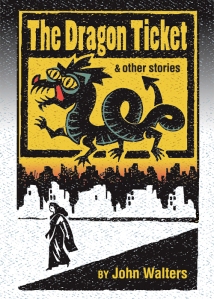As I was nearing completion of a rereading of Edward Abbey’s Desert Solitaire, I was struck by his penchant to explore unfamiliar territory in the southwestern desert with a minimum of guidance and gear. He describes, for instance, venturing into a region of canyonlands called The Maze, navigating the Colorado River in a rubber raft, and climbing alone up a peak called Tukuhnikivats. Why did I feel such a thrill of solidarity as I read of these adventures? Because I had also attempted such foolhardy things in my days as a wandering vagabond back in the 1970s. The example came strongly to me of my solitary trek into the Himalayas.
It was during my first trip to the Indian Subcontinent. I had hitchhiked across the Middle East as far as Kandahar, Afghanistan, and then taken public transportation to Kabul, over the Khyber Pass to Peshawar, Pakistan, and from there to Karachi, Bombay, Goa, Sri Lanka, and back to Madras on the Indian mainland. I was running out of money and figured that the safest decision would be to head back to Europe as soon as I reached Delhi. But then I would miss Nepal! So instead, when I got to Delhi I traveled overland by train to the India-Nepal border and by bus to Kathmandu. After several days in Kathmandu, I moved on to Pokhara, one hundred twenty miles to the west.
I arrived in Pokhara with my finances severely depleted. Rather than spend a few coins for a bed in a traveler’s hostel, I walked along the shore of the lake beside the city, looking for a place I could lay my sleeping bag. There I came across a pair of German hippies who were into Shiva worship. They had set up a statue of Shiva and sat cross-legged before it as they passed a chillum of strong hashish back and forth. They were magnanimous enough not to insist that I acknowledge Shiva as I shared their smoke. After I was sufficiently high, I unrolled my sleeping bag near their camp and crawled in. It was so cold, though, at that high altitude in the open air, that I felt compelled to smoke a joint they’d given me in the middle of the night.
The next morning I left the duffle bag with all my possessions near the Germans and went to explore the town. I saw the usual Nepali metropolitan sights: people herding their water buffaloes through the streets, bathing at public fountains, and so on. I walked all the way to the edge of the city, until nothing but a small stretch of open plateau was between me and the foothills that ascended towards the magnificent snow-capped peaks. An urge suddenly struck me to go walking into those mountains. Until that moment I had not planned to go trekking, but now it abruptly hit me with a feeling of overwhelming insistency. I could do it. I had to do it!
I retraced my steps back to the lakeshore, retrieved my duffle bag, slung it over my shoulder, returned to that same spot at the city’s edge, and walked along a dirt road that led straight to a gap in the hills. From there a narrow footpath took me to a bridge across a stream and then a series of switchbacks led upward.
(To be continued)


